4 Simple Rules for Writing Must-Open Email Subject Lines
| By Lana Kropyvna | 0 Comments
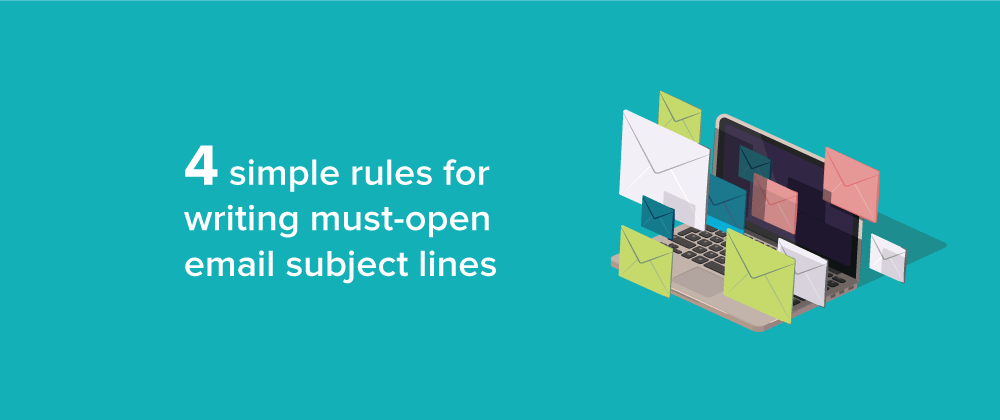
The blood, sweat and tears you pour into crafting that perfect email are pointless if an irrelevant or uninteresting email subject line doesn’t entice your reader to click open – here are 4 simple ways to craft must-open subject lines.
Do you ever get tired of the number of emails you receive?
Thanks to popular marketing clichés such as, ‘the money’s in the list’ our inboxes are constantly bombarded with emails from companies and services we’ve patronised in the past.
In fact, according to The Radicati Group the average consumer email count stands at just over 93 per day.
With inboxes fit to burst it’s no wonder the open rates for email marketing rarely break the 25% mark.
It seems many marketers are happy with open rates that hover in the high teens, often citing their focus on social media, SEO or referral traffic as a bigger boon to their business.
You can split hairs and make excuses all you like, but really, we all know the reason why many marketers suffer sub par email open rates.
They fail to motivate prospects to open their emails.
They take a laissez-faire approach to their email marketing ensuring their email doesn’t stand out or grab attention. When the average consumer sends and receives nearly 100 emails a day, it’s incredibly easy to be ignored.
So, what’s the solution?
Well, as with any content, the first hurdle you need to clear is grabbing the attention of your prospects.
With blog posts, sales letters and even social media this task falls to your headline. But with emails, headlines are secondary. A prospect will only read your headline if they decide to open your email. With email marketing, it’s your subject line that grabs attention and elicits an open.
Subject lines are the deciding factor. Without a compelling subject there’s only one place your prospects will be sending your emails. Straight to the trash bin.
With email being the number one channel for ROI there’s a lot riding on your ability to excite prospects with your subject lines. Let’s take a look at some proven subject line formulae you can employ before clicking ‘send’.
1. Be short and descriptive
Sometimes great open rates aren’t the result of witty or psychologically influenced writing. They come from getting straight to the point.
A subject line study from Mailchimp discovered short, descriptive subject lines are among the most successful.
Short descriptive subject lines are best used when the recipient is expecting an email such as a confirmation or notification or you’re following up with a cart abandonment email. They aren’t, however, ideal for situations that require more persuasion.
2. Spark curiosity
If you’re looking to hook attention and get that open, playing on your audience’s curiosity is the way to go.
Human nature makes us naturally curious. It’s why we touch walls with wet paint signs and can’t stand to hear only half a story. When something is started, we need to finish it.
Play on the curiosity of your prospects by finding something that’s important to them and hinting at a solution inside.
Popular formulae for curiosity laden subject lines include:
- The Secret of [BLANK]
- What Everybody Needs to Know about [BLANK]
The two above examples work because they cause the prospect to question. “What is the secret?” “What does everyone need to know?” “Do I already know it?” The only way they’ll find out is by opening the email.
You can also play on curiosity by asking questions that hint at useful information inside. Here’s a great example from SMARTassistant.
I see this and immediately have three questions I need answered.
- What are the four shopper types?
- Are my clients ready for them?
- Am I ready for them?
I’ll open it because it’s piqued my curiosity on a topic pertinent to my interests.
3. Provide solutions
Along with number/list subject lines, solution subjects are some of the most popular formulas.
Generally speaking, people want content that is useful to them. Highlighting how your email could help solve their problems is a sure fire way to capture and retain their attention.
Thankfully the formula for these headlines are rather simple.
- How to [BLANK]
- End Your [BLANK] Problems Once and For All
- A quick Way to Solve [BLANK]
- Here’s How/Why [Person/group of people/item] [Achieved something desirable]
Most of these subject lines were developed with content in mind, however, you can adapt them to incorporate the benefits of a product and highlight how those benefits will solve the problems of your audience.
4. Speak to customers’ aspirations
You know who buys executive stationery and briefcases? It’s rarely CEOs or top level management. More often than not it’s people who aspire to one day be in those positions and believe having ‘CEO level’ goods gives them a foot up on the ladder.
It’s the reason why sportsmen and women are paid ludicrous amounts to promote sporting goods. “If I buy Cristiano Ronaldo’s boots I might score more goals”.
You can tap into your audience’s desire to be like the pros with your subject lines.
- [Do something] Like [Notable Person]
- Here’s how [Person] Does/Achieves [desirable result]
Don’t be afraid to play on your audience’s need for an improvement in their field. Highlight your product as the catalyst that can take them to the next level and they’ll be chomping at the bit to learn more.
Your post-writing checklist
Once you’ve got a few potential subject line drafts you’re going to need to edit for maximum effect.
I recommend using the following insanely useful advice from The American Writers and Artists association. This is their four U’s approach. According to the AWAI, all headlines and subject lines should be:
- Unique
- Ultra Specific
- Useful
- Urgent
Before you click publish or run any A/B tests be sure to run through your headlines with the four U’s in mind. If you fall short on any of the U’s, see if you can edit to incorporate it or perhaps re write the subject line to ensure it hits with maximum effect.
Formulae and templates are just the start
The templates laid out on this piece are just the start.
Your audience is unique and you can’t expect a generic headline that’s worked for a few others to bring you the maximum effect. You need to play around with various headlines and find what resonates best with your audience.
Run split and multivariate tests and be certain to continually measure not just the open rates, but also your overall ROI.
Want to find out how Yieldify can increase your conversions? Get in touch with one of our conversion specialists today.


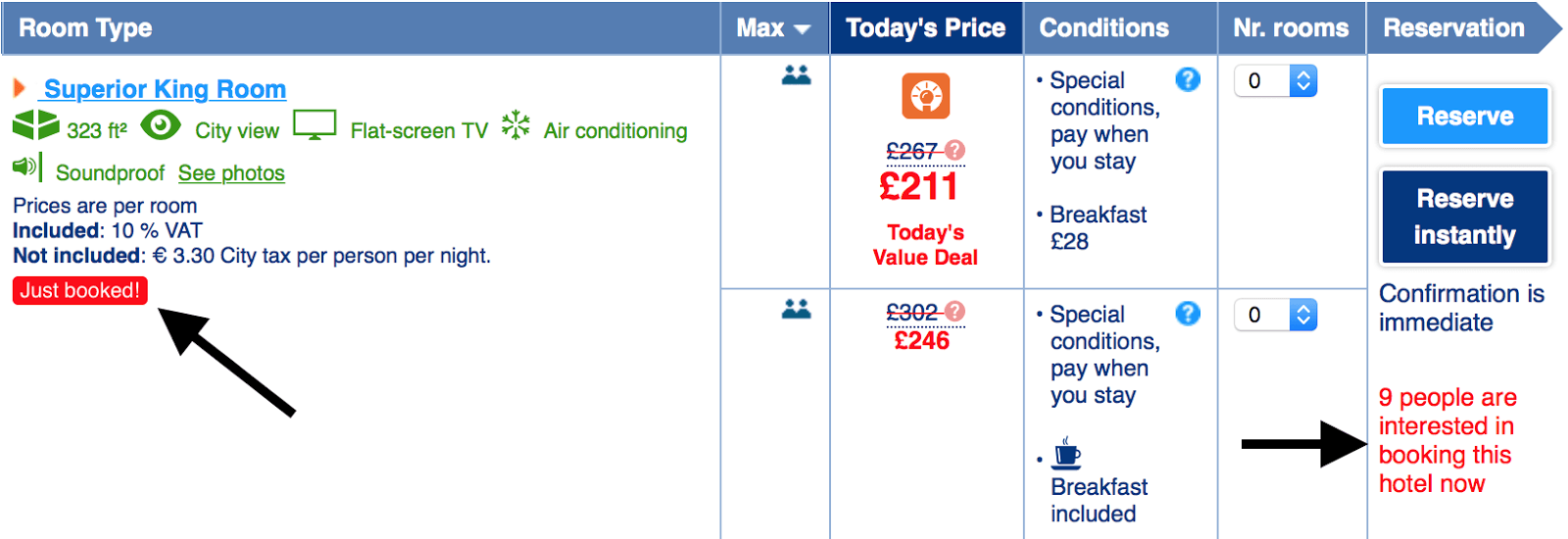

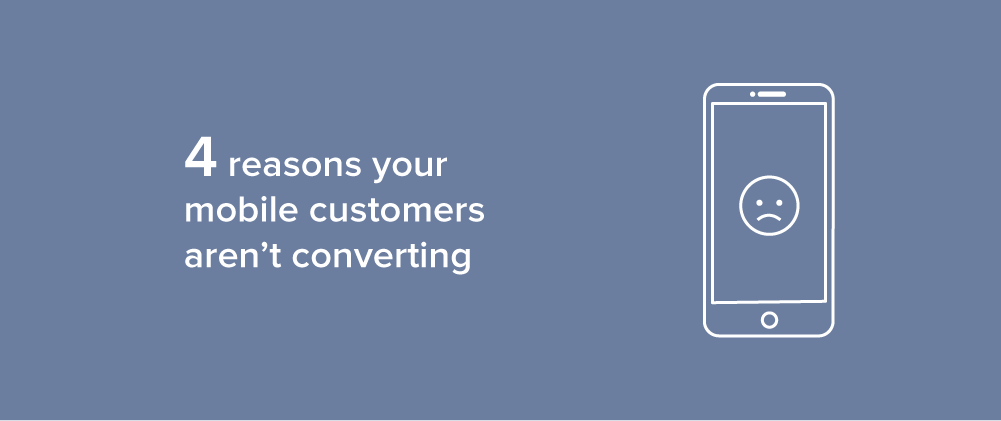

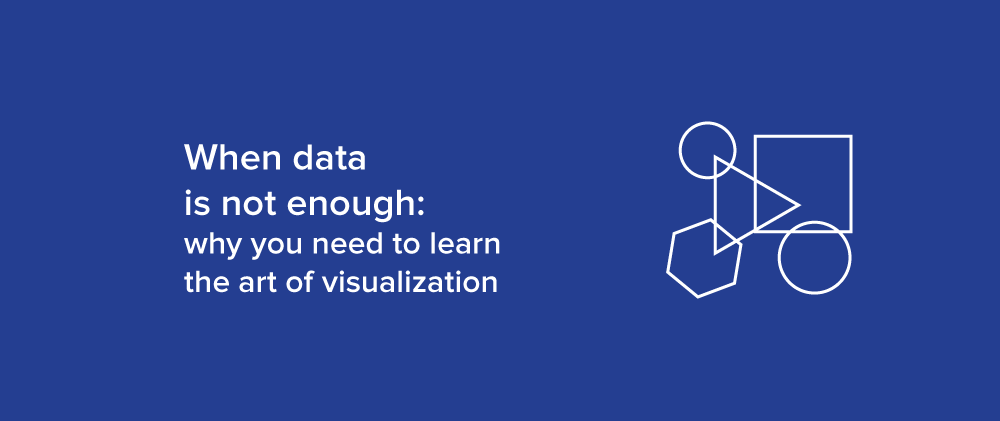
![Data insights: a visualization (Gregor Aisch) [3] Data insights: a visualization (Gregor Aisch) [3]](https://www.yieldify.com/wp-content/uploads/2017/09/FINDING-INSIGHT-DATAasset.png?t=1506719038616)

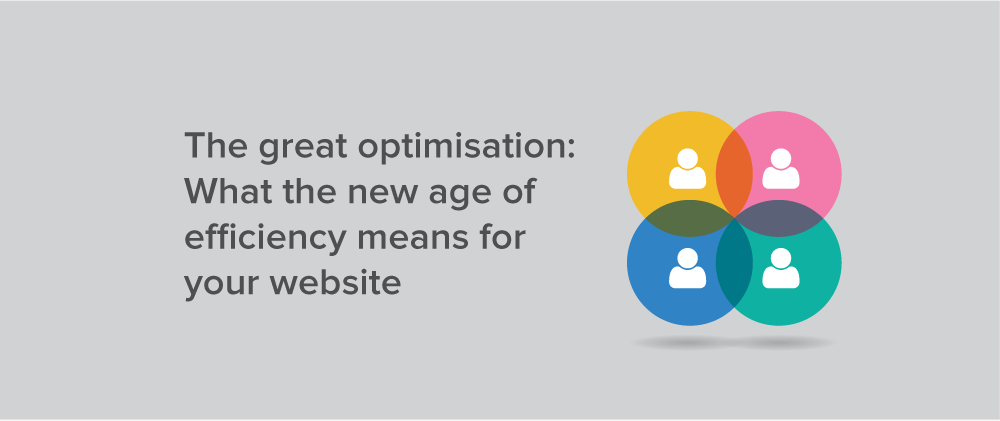

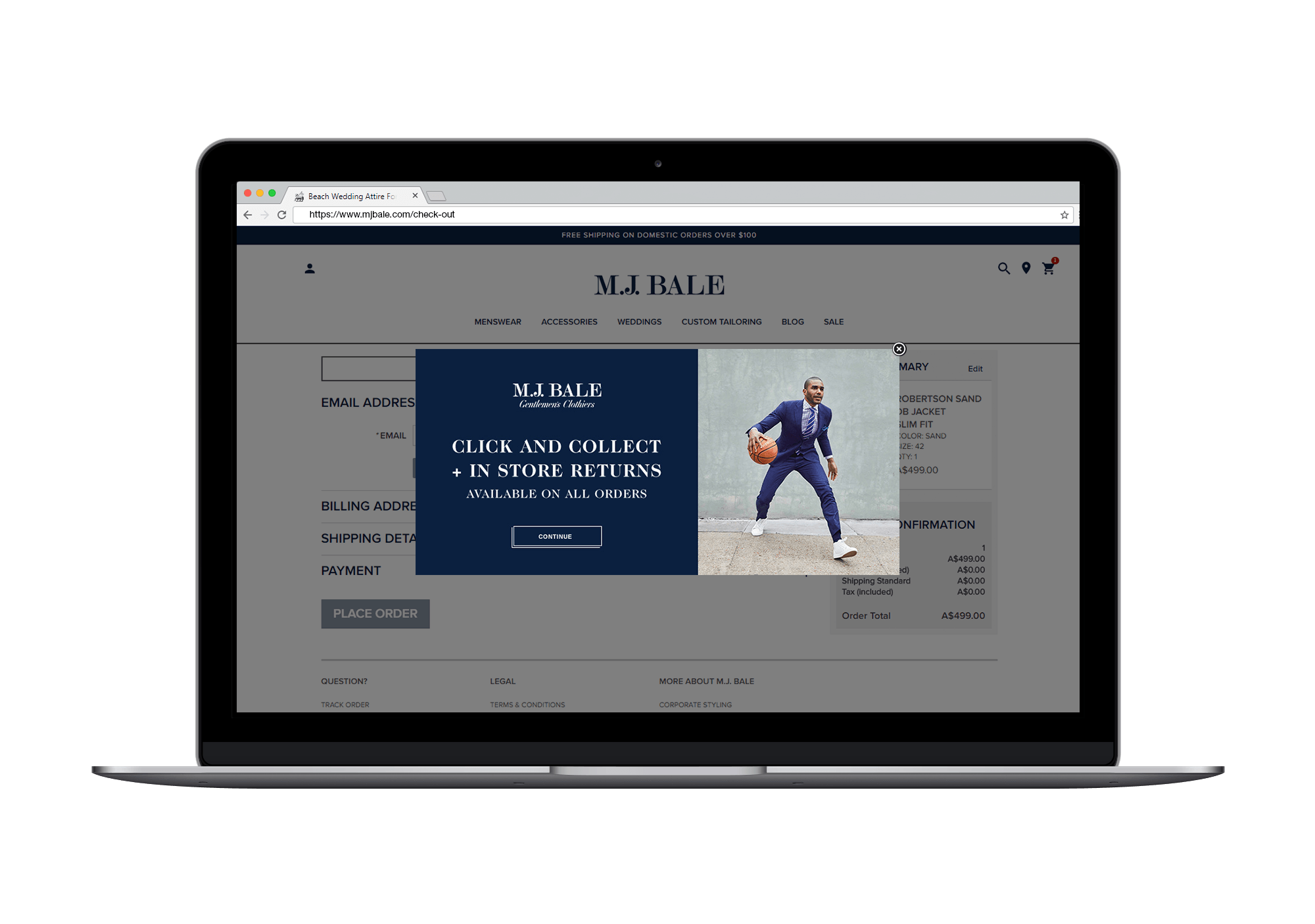
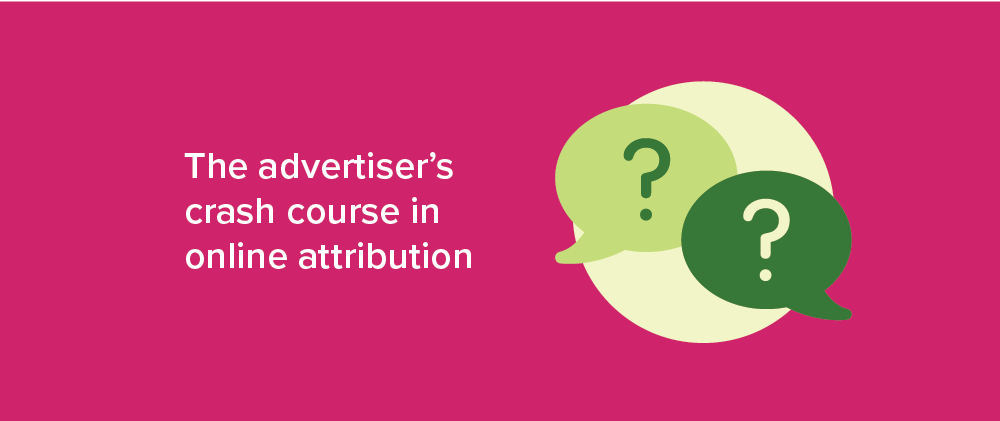
Recent Comments